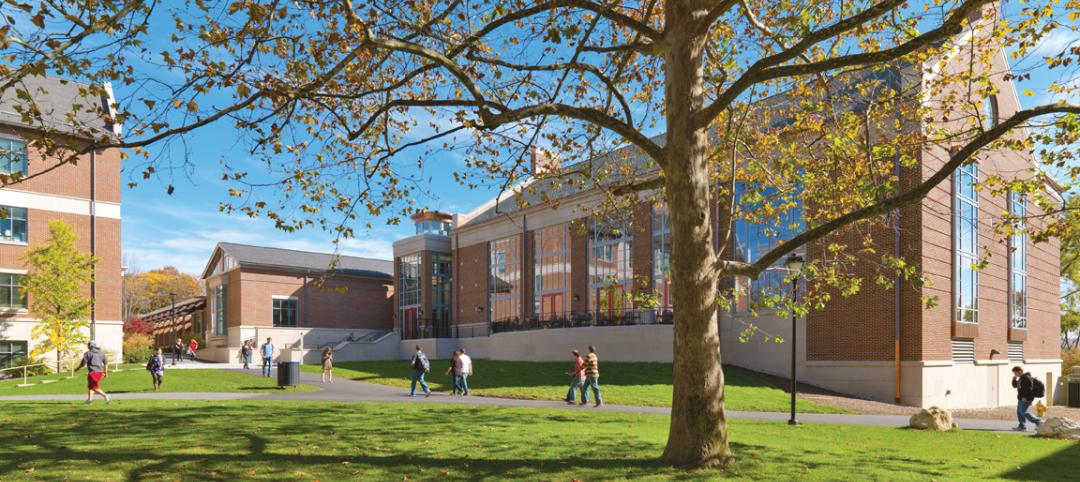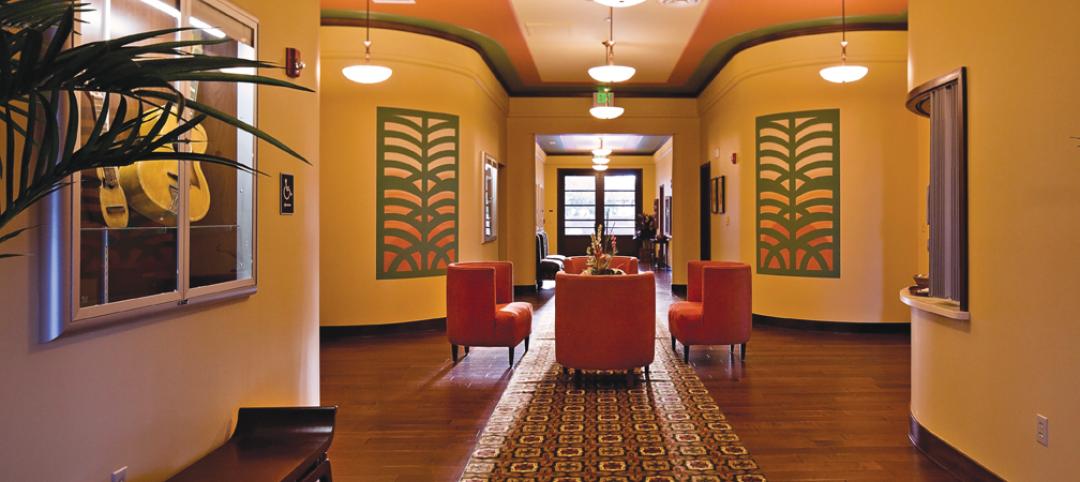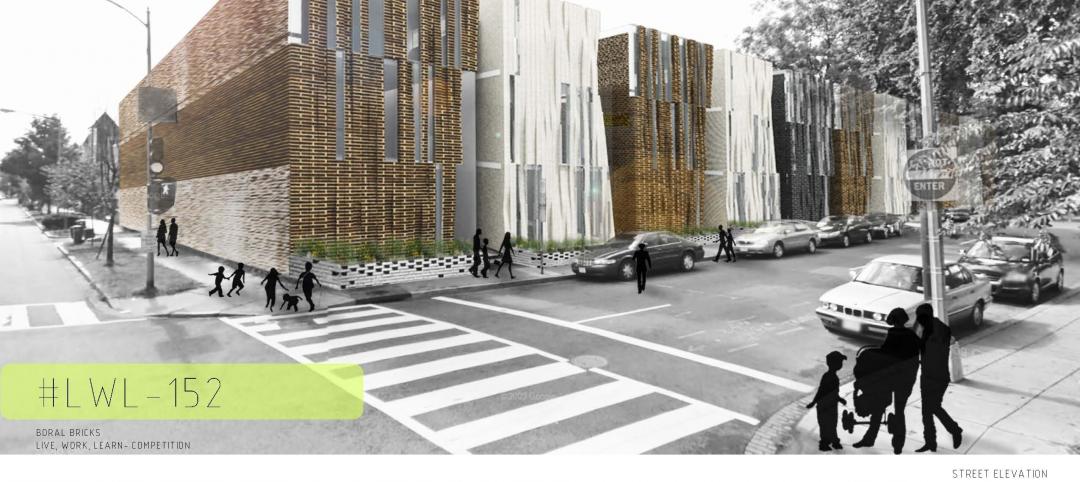ForrestPerkins will combine practices with international design and architecture firm Perkins Eastman effective January 1, 2016.
The merger will let both firms expand their reach in luxury hospitality and residential projects worldwide, while continuing to provide design and client service. The combined international firm will total almost 1,000 employees. In joining Perkins Eastman, ForrestPerkins will remain a distinct brand for luxury hospitality and high-end residential interior design.
Some key facts on the deal:
• ForrestPerkins will retain its name and continue to focus on interior design and interior architecture for luxury hospitality and high-end multi-residential projects. It will launch a new practice area within the firm united under the leadership of ForrestPerkins’ president Deborah Lloyd Forrest, FASID, in collaboration with Perkins Eastman’s hospitality practice leader Shawn Basler, AIA.
• As of January 1, 2016, ForrestPerkins will open a New York office as an atelier within the Perkins Eastman office. ForrestPerkins' New York portfolio includes the iconic Marriott Marquis at Times Square, and, in combination with Perkins Eastman, will now include the Quin, a luxury boutique hotel on West 57th Street.
• Early in 2016, ForrestPerkins will relocate to new offices in both Washington, D.C., and San Francisco. Perkins Eastman will open a 15th office, its first in Texas, joining ForrestPerkins in its Dallas office at 3131 Turtle Creek.
Related Stories
| May 31, 2012
2011 Reconstruction Award Profile: Seegers Student Union at Muhlenberg College
Seegers Student Union at Muhlenberg College has been reconstructed to serve as the core of social life on campus.
| May 31, 2012
2011 Reconstruction Awards Profile: Ka Makani Community Center
An abandoned historic structure gains a new life as the focal point of a legendary military district in Hawaii.
| May 31, 2012
5 military construction trends
Defense spending may be down somewhat, but there’s still plenty of project dollars out there if you know where to look.
| May 31, 2012
New School’s University Center in NYC topped out
16-story will provide new focal point for campus.
| May 31, 2012
Day & Zimmermann taps Jobe for ECM VP
Ken Jobe, a senior executive with 30+ years of industry-related experience, joins Day & Zimmermann to expand footprint in the process & industrial markets.
| May 31, 2012
Perkins+Will-designed engineering building at University of Buffalo opens
Clad in glass and copper-colored panels, the three-story building thrusts outward from the core of the campus to establish a new identity for the School of Engineering and Applied Sciences and the campus at large.
| May 30, 2012
Construction milestone reached for $1B expansion of San Diego International Airport
Components of the $9-million structural concrete construction phase included a 700-foot-long, below-grade baggage-handling tunnel; metal decks covered in poured-in-place concrete; slab-on-grade for the new terminal; and 10 exterior architectural columns––each 56-feet tall and erected at a 14-degree angle.
| May 30, 2012
Pringle Brandon in discussions to join forces with Perkins+Will
The London offices would be known as Pringle Brandon Perkins+Will.
| May 30, 2012
Boral Bricks announces winners of “Live.Work.Learn” student architecture contest
Eun Grace Ko, a student at the Ryerson University in Toronto, Canada, named winner of annual contest.
















